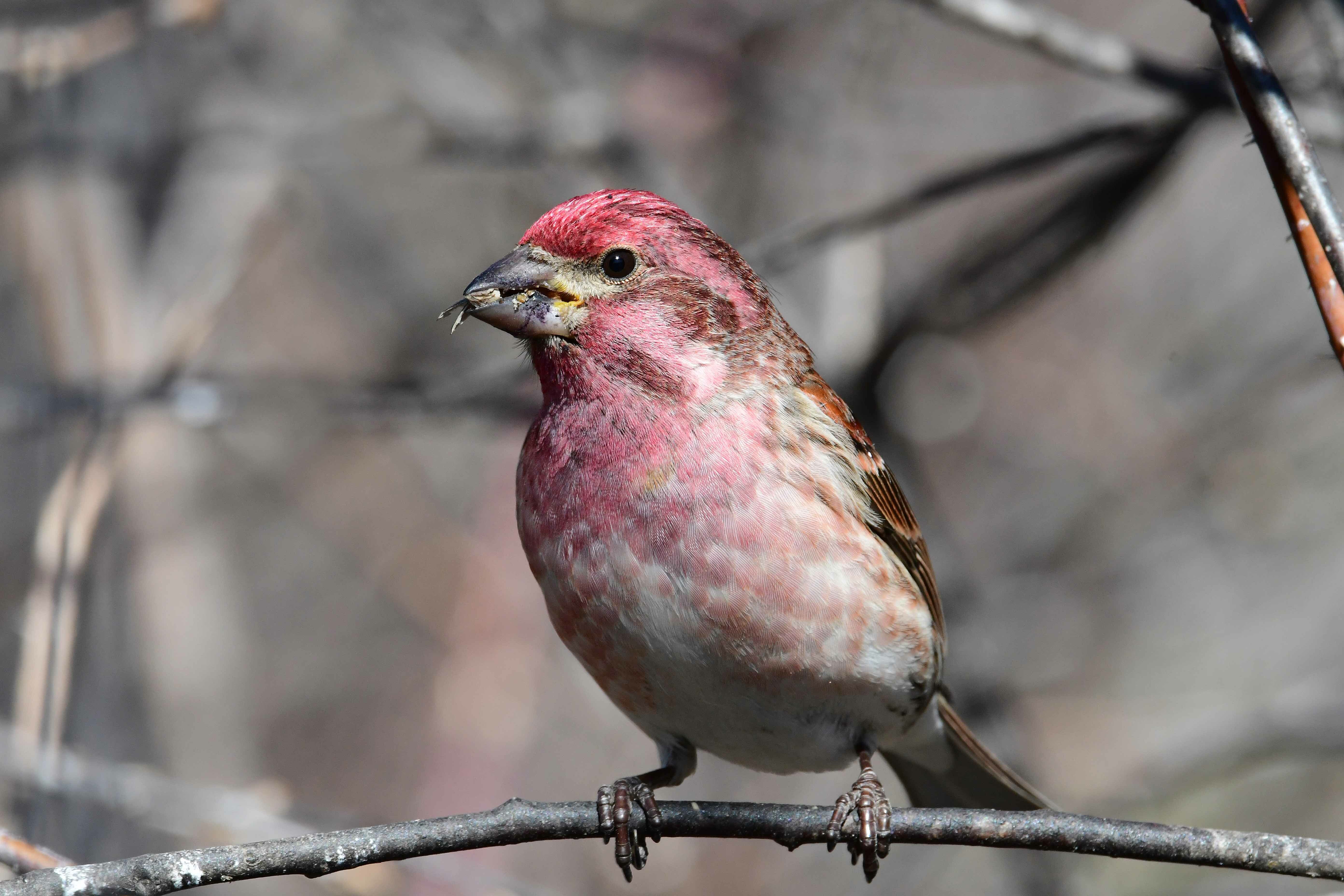(800) 563-7333
May 09, 2023 | Myrna Pearman, Chin Ridge Seeds (en-CA)

This article is part of our "Ask Myrna" Backyard Bird Feeding Series.
For bird lovers across the Canadian Prairies, May is one of the most exciting months of the year. As the gloom and cold of winter is displaced by warmth and longer hours of daylight, birds start arriving on their breeding territories or delight their human observers as they pass through on their way farther north.
Each bird population takes a unique route on migration. Their path, which depends on where in the south they are coming from and where in the north they are headed to, typically will follow one of four major routes (called flyways): the Pacific, Central, Mississippi and Atlantic. These flyways have some overlap, and some bird species will use a different flyway to travel north in the spring than they take to fly south in the winter.
Most species, including sparrows, warblers, orioles, thrushes and ducks migrate by night while swallows, swift, robins and some finches are daytime migrants. Falcons, eagles and hawks also migrate during the day, taking advantage of thermals to aid them travel with minimum energy expenditure. Flying for long distances is very energetically demanding, so the birds usually wait until weather and wind conditions are favourable.
Some species, like shorebirds, migrate remarkably far distances. These long-distance migrants typically move from breeding ranges in the United States and Canada to wintering grounds in Central and South America, with the record holder – the Arctic Tern – making an annual journey between the Arctic and Antarctica of almost 71,000 km!
Other species (e.g., Blue Jays) migrate intermediate distances, usually just a few hundred kilometers, so are classified by biologists as medium-distance migrants. Yet other species, called short-distance migrants, migrate short distances or just move elevationally (e.g., up and down mountains).
The speed of migration varies between species and even differs, within the same species, between spring and fall. Some species, like Purple Martins, can take months to arrive on their wintering grounds but rocket back to the breeding grounds in just a few weeks. Others, like Mountain Bluebirds, are the opposite: they hurry south but take their time following the spring green-up north.
That birds can survive the rigors of migration and find their way back each year, often to the same area, nestbox and even bird feeding station, is truly remarkable. Whether you are welcoming back the birds that nest in your area or are enjoying the species that are moving through, take some time to contemplate and admire the wonderous miracle of bird migration.
May is a good month for attracting the smaller finches, including Purple Finches, House Finches and American Goldfinches, to backyard feeding stations. I highly recommend Mother Nature’s Wild Finch blend. This mixture, which contains Nyjer® Seed, Sunflower Chips (kernels), Canola Seed, Canary Grass Seed and Gold Proso Millet, has been specially formulated with finches in mind.
